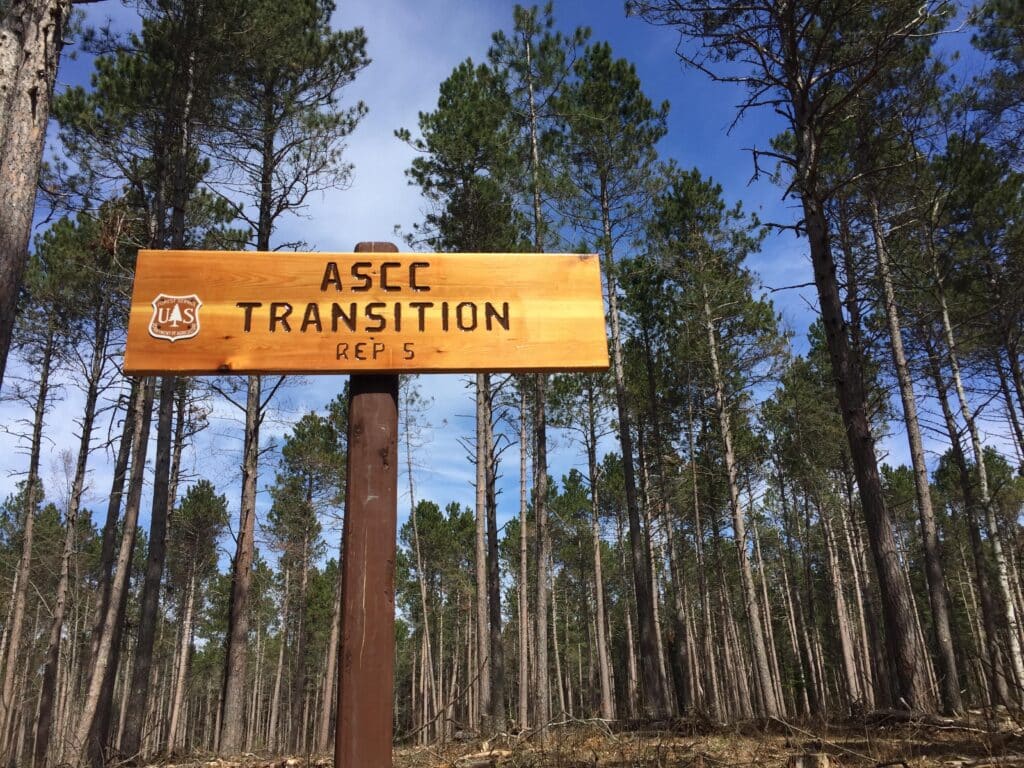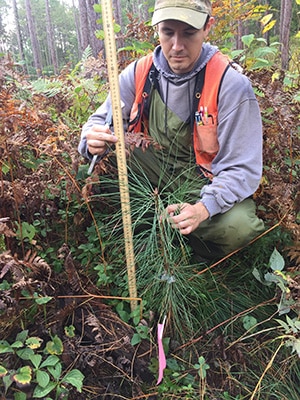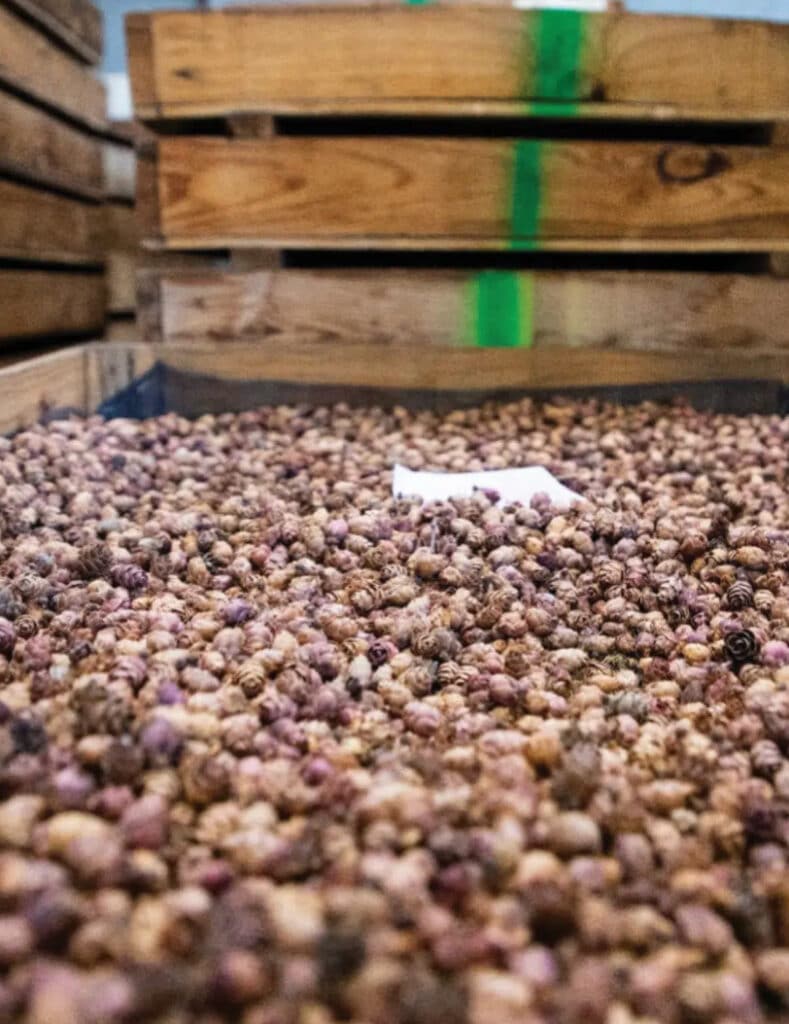
Researchers in northern Minnesota are planting trees normally suited for southern regions of the state. In response to warming conditions, new tree species are being planted and monitored in the Cutfoot Experimental Forest. Late last year, the USFS – Superior National Forest initiated an assisted migration plan to ensure the future of healthy forests.
Experimental forest
The Cutfoot Experimental Forest, established in 1932, spans just over 3,000 acres. Located northwest of Grand Rapids, the forest consists of roughly 75 percent red pine with pockets of jack and eastern white pine. But that is changing. Recently, researchers have introduced new species such as bitternut hickory. These types of trees, common in milder climates, are being studied for their response to warming temperatures. They could provide a solution for introducing new species that support future healthy forests.
Researchers have also planted three other tree species from seeds collected hundreds of miles south. White oak, black cherry, and ponderosa pine, all nonnatives to the region, are part of the experiment being studied by USFS forest ecologist Brian Palik. According to Palik, “The climate typical of southern Minnesota from 20 years ago is now in northern Minnesota. Climatic conditions have moved about 200 miles north in just two decades”.


Assisted migration
Late last year, the USFS – Superior National Forest announced its first-ever Assisted Migration Plan. Boreal forest species such as balsam fir, black spruce, paper birch, quaking aspen, and white spruce are continuing to move further north as their habitats shrink. Meanwhile, temperate hardwoods from the south are ranging further north.
These anticipated changes will impact the dispersal and adaptations of trees common in the national forest. This leads to decreased ecosystem productivity and less carbon being removed from the atmosphere. Bringing in new species should help mitigate these changes.
Sustainable forests
The Cutfoot Experimental Forest project aims to help woodlands adapt and flourish for years to come. Foresters are transplanting trees to insure against long-term risks to ecosystem vulnerabilities. According to the USFS, “Over the past one hundred years, the average annual temperature in northeastern Minnesota has increased by more than 2.2°F, and heavy rainfall events have become more common.” The resulting impact affects wildlife habitat, multiple watersheds as well as recreational and timber opportunities.

levels of complexity and risk. (Image courtesy USFS)
“Forests die fast and grow slowly,” Lee E. Frelich, a forest ecologist with the University of Minnesota Center for Forest Ecology told Smithsonian Magazine. “Your only option in that case,” he says, “is to bring in new species or live with whatever nature does,” which—in cases of extreme climate change—“is likely to be brushy vegetation and not be a forest for quite some time.”
The USFS emphasizes the need for management practices to adapt, or local tree populations in the Superior National Forest could be wiped out. Through experimental planting, the hope is to give forests a chance at long-term resiliency. Silviculturists will assess newly planted stock, tracking seedling survival and natural regeneration. Land managers will need to decide which species are best suited to expected climate conditions. As plans are implemented, the agency will also monitor and document how wildlife responds to evolving forests.
While introducing new species poses challenges, experts believe that the benefits of diversifying outweigh the risks. This experimental approach, along with exploring other solutions, could help alleviate stress on forests. Groups involved in the plan include Minnesota Tribes, and the National Forest, along with state and federal agencies, and their partners.

More info:
- The Cutfoot Experimental Forest – USFS
- Assisted Migration Plan – USFS
- In Minnesota, Researchers Are Moving Trees Farther North to Save Forests – Smithsonian Magazine
- Operationalizing forest-assisted migration in the context of climate change adaptation: Examples from the eastern USA – Ecosphere Journal

Wilderness guide and outdoorswoman Pam Wright has been exploring wild places since her youth. Remaining curious, she has navigated remote lakes in Canada by canoe, backpacked some of the highest mountains in the Sierra Nevada, and completed a thru-hike of the Superior Hiking Trail. Her professional roles include working as a wilderness guide in northern Minnesota and providing online education for outdoor enthusiasts.

